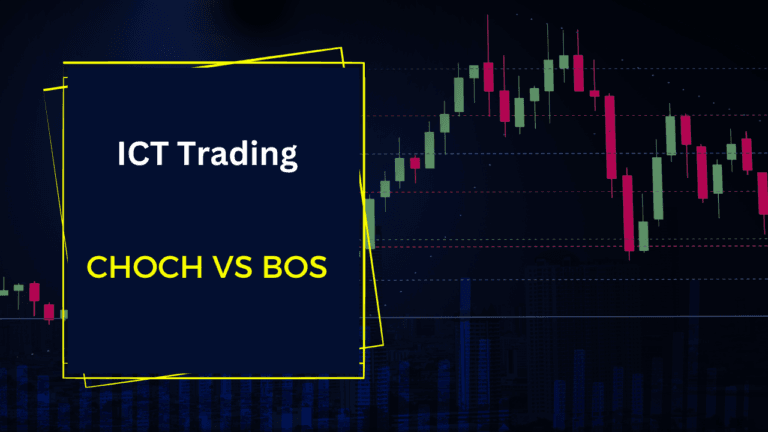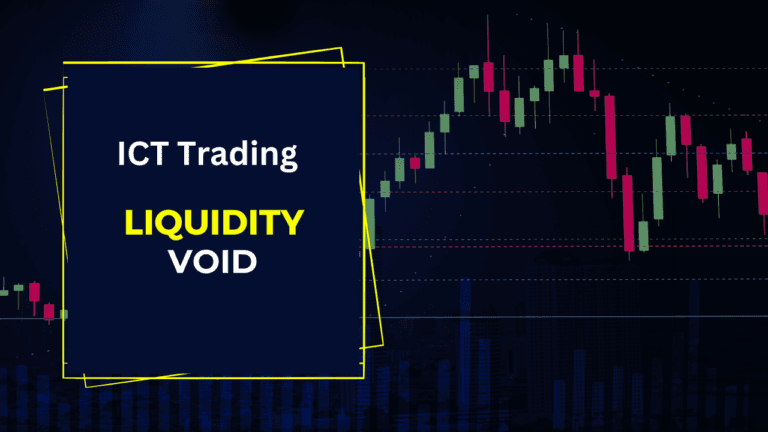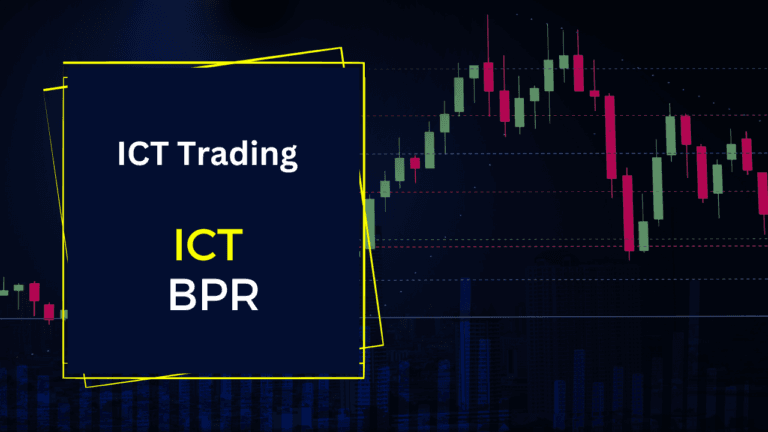How to Find Daily Bias in ICT Trading Explained

ICT Daily Bias is a critical tool for traders at the start of each week to determine the true direction of the market. It guides intra-day traders in identifying whether to focus on selling or buying opportunities throughout the trading week, ensuring their strategies align with the overall market trend.
What is Daily Bias in ICT?
ICT Daily Bias is the anticipation of price movement for the upcoming trading week. This anticipation is based on analyzing the daily timeframe to understand the market’s order flow and direction. By identifying whether the market is trending bullish or bearish, traders can align their strategies with the expected movement, improving their chances of success.
To understand daily bias, it’s essential to first grasp why price moves. There are two primary objectives behind price movement:
- Liquidity Hunt
- The market, governed by IPDA or algorithms, constantly seeks liquidity or engineers it.
- The goal is to maximize profits for smart money by targeting liquidity pools. This makes liquidity hunting the primary driver of price movement.
- Balancing Imbalances
- Sometimes, price moves strongly in one direction, leaving significant imbalances or gaps.
- The market often returns to these areas to correct inefficiencies and fill the gaps, ensuring balance is restored.
Understanding these two factors—liquidity hunting and imbalance filling—provides insight into how price moves
How To Find ICT Daily Bias
To determine the true direction of the market, start by analyzing the daily chart of a specific asset class, such as XAUUSD, BTCUSD, or any currency pair, on the daily timeframe.
Mark the Recent Swing High or Low Point: Identify and mark the recent swing high or low on the daily chart. This will provide insights into the market’s origin and potential next direction.

The above chart show that price is in premium zone and make a swing high at 1.03537 so we are waiting for sell opportunities.
Identify Imbalance
- Switch to a Lower Timeframe:
Move to a lower timeframe, such as the 4-hour chart, for a more detailed view of price action. - Locate Imbalances:
Look for areas where price has moved rapidly, leaving gaps or inefficiencies (imbalances) in the market structure. - Mark the Imbalance:
Highlight these price imbalances on the chart. These zones often act as potential targets for price to return and “rebalance” the market.

The above EURUSD 4H chart highlights a price imbalance in the form of a Fair Value Gap (FVG). Additionally, the daily chart shows that the price is currently in the premium zone, indicating a potential for a sell bias.
Given this, we are looking for sell opportunities. These opportunities can typically be found within the ICT Kill Zones on a 15-minute timeframe, where the market is sweeping buy-side liquidity. The next target will likely be sell-side liquidity, which aligns with filling the imbalance on the 4-hour chart.
What is Bullish Daily Bias?
The bullish daily bias is formed when the market is currently sweeping the sell side liquidity and present in the discount zone and in the premium zone, a fair value gap or price imbalance is present to attract the price.

The above GBPUSD chart shows that the price has swept sell-side liquidity and formed a swing low at 1.2100. Currently, the price is at 1.2168, which lies in the discount zone.
On the daily timeframe, there is a price imbalance that is likely to attract the price, suggesting the possibility of a move to fill this imbalance. Given that the price is in a favorable zone for buying, it may continue upward to address the imbalance. This presents a potential buy opportunity for traders.
What is Bearish Daily Bias?
To establish a bearish bias, check for the following:
- Price in the Premium Zone: If the price is in the premium zone, it suggests a potential for selling, as prices are relatively higher.
- Sweep of Sell-Side Liquidity: If the market has recently swept sell-side liquidity, this could signal a reversal or continuation toward lower levels.
- Gap in the Discount Zone: If there is a price gap (imbalance) in the discount zone, it may attract the price back to fill the imbalance, providing a potential bearish opportunity.

What are key component for finding Daily Bias?
Price imbalances, liquidity, and the premium/discount zones are key components for determining the daily bias. By combining these factors with the ERL (External Range Liquidity) and IRL (Internal Range Liquidity) concepts, you can make more informed trading decisions.
What is the role of liquidity in determining market direction for ICT trading?
The market algorithm, IPDA (Institutional Price Delivery Algorithm), is constantly seeking liquidity. It not only searches for liquidity but also destroys it. In some cases, it creates liquidity, crafting a false narrative that certain areas act as support and resistance. This manipulation of liquidity is a key driving force behind price movement on the chart. The primary goal of smart money is to generate profits with minimal price movement. When they hunt liquidity, they achieve their objective, causing price shifts that benefit their position
How do market imbalances attract price movements in trading?
Market imbalances attract price movements because they represent areas where supply and demand are not aligned, creating inefficiencies in the market. These imbalances often occur as gaps or sudden price shifts that leave behind voids in price levels. When the price moves away from these areas, it typically returns to fill the imbalance, as the market seeks to restore equilibrium.
Traders recognize these imbalances and anticipate that the price will eventually return to these zones to “rebalance.” This behavior is driven by the market’s need to resolve inefficiencies, making imbalances powerful indicators for potential price movements. For example, a gap in price or an unfilled order block often leads to a price retracement, drawing the price back toward that imbalance to correct the market structure. This dynamic creates opportunities for traders to capitalize on price movements as the market fills these gaps.

Hi, I’m Seojin Lee, an experienced trader focusing on the U.S. stock market, particularly NASDAQ and E-mini S&P futures. As a Chartered Financial Analyst (CFA), I apply my knowledge of financial analysis and market strategies to identify profitable opportunities.
I specialize in both short-term and long-term trading, always balancing risk management with market trends. With years of experience, I continuously refine my strategies to adapt to market shifts. If you’re interested in trading insights or strategies, you’ve come to the right place!





